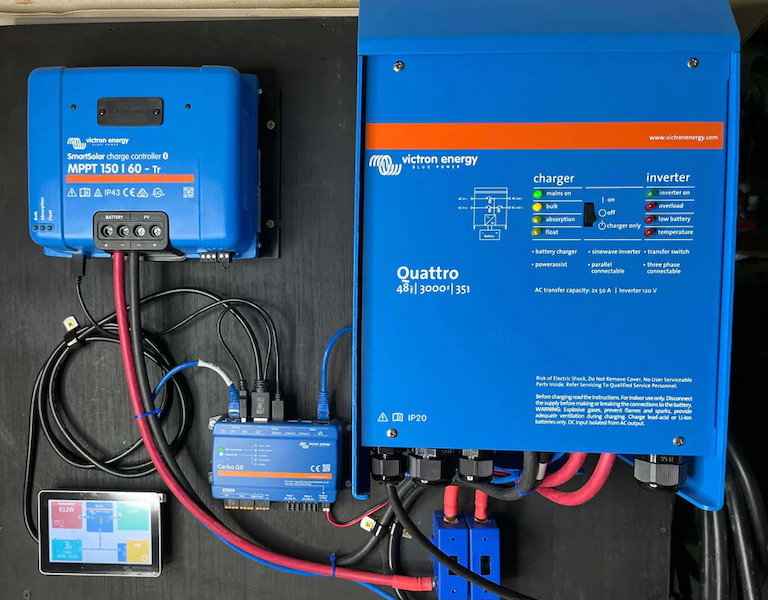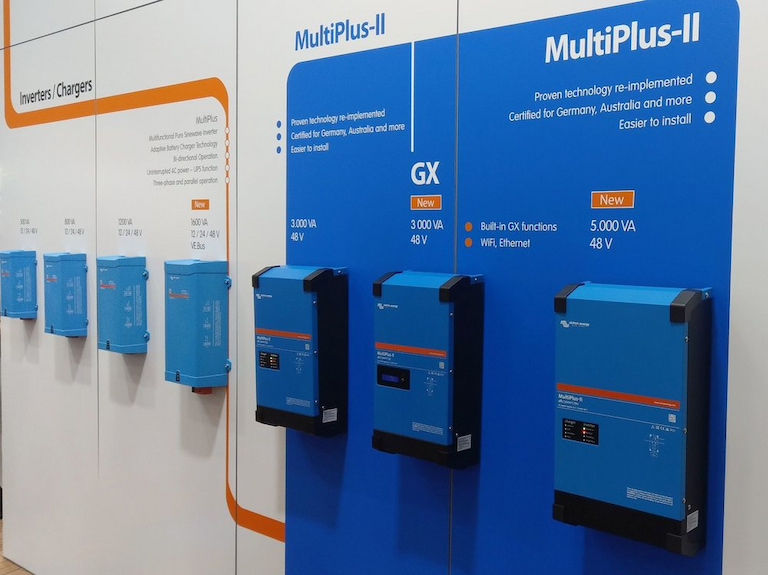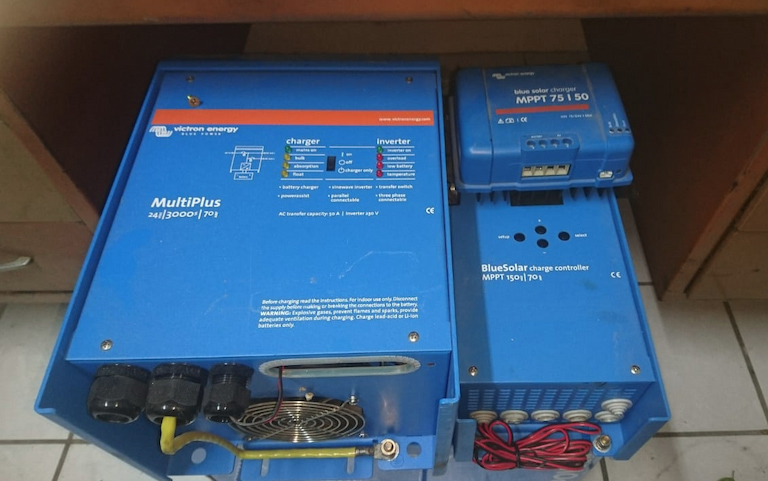Contents
Given the concerns about climate change and global warming that have been looming over us for the past few years, energy has become one of the most important problems in the world. All of these factors drive us towards renewable energy sources ideal for off-grid living, and energy prices have just started to emerge as another important worry we can’t ignore.
That said, solar systems are some of the most popular solutions we have at our disposal. While they’re not that recent, they’re continuously undergoing improvements that make them more reliable and useful than ever. Understanding how they work, and what we should invest in to make the system functional for our households leads us to some of the most crucial components: solar inverters.
What to Know About Solar Inverters?

Basically, without solar inverters, it wouldn’t be possible to use the power from the sun in our homes. When the panels convert the UV rays into electrical current, it’s DC and not AC (the one we need to power up our appliances). To convert DC to AC, we require the use of a suitable off grid solar inverter.
Some two-in-one designs, like the inverter chargers, can even take care of converting back AC to DC and charging deep cycle batteries – a design that’s both compact and efficient which translates to more money-saving for you as the user. Do I need a charge controller if I have an inverter charger? This is a question that arises when people think of purchasing the bi-directional model, and the answer is yes because these are two different components.
An inverter isn’t to be confused with a charge controller given that the latter is created to manage the electrical input and then distribute it either to the batteries or to the electrical system. Considering the controller sends power in one direction, it isn’t to be connected directly to an inverter but rather to a battery which you can then connect to the inverter.
How to Choose the Ideal Solar Inverters?
Now that you know some of the basic ABCs of these crucial parts of the solar power system, you can move on to picking the ideal off grid solar inverter.
Look for The Adequate Size

You need an inverter that is the right size to use green energy as efficiently as possible in your home. This has to do not only with physical characteristics like bulkiness, length, and weight but also with a capacity based on the power needs of your system. Check the continuous power supply to get a sense of the component’s overall power capacity, and keep in mind that the larger the number of watts, the greater the capacity will be.
Voltage is another significant property you ought to pay attention to here, and the usual options you can find them in are 12v, 24v and 48v. The lowest typically is the perfect fit for mobile solar systems one can find on motorhomes, caravans, and campers, whereas the highest is meant for home off-grid use.
Avoid purchasing an inverter that you intend to overload by running more appliances than it is rated for. Doing so will reduce its lifespan and set your system up for failure. The ideal approach is to consider surpassing requirements with more power than the system’s maximum need for all of the high-powered appliances to identify the appropriate model.
Don’t Overlook Surge Capability
This is the amount of energy required to start an appliance, that works as an instantaneous overload lasting a few seconds and as such differs from the inverter’s continuous rating. You must choose an off-grid inverter that can handle the load you intend to put it through with all of the appliances and devices you use.
Choose Based on Wave Type

When it comes to the wave types, you’re mainly going to come across two: the pure sine wave off grid inverters and the modified ones. There’s also a third option known as the square inverter, yet it’s not as common as the previous two counterparts.
Invest in the more expensive pure sine wave model if you want to get something that is really worth the money. Such an inverter is useful for both home and commercial use and produces consistent outcomes like efficient and silent appliance operation. Many people are initially drawn to the modified since it is less expensive, but because of this, it is less trustworthy than the pure.
Although the modified wave inverters are created mainly for industrial use because of their not-so-clean and not-so-consistent output, they are still a considerable option for people who like to save up some money when buying an inverter for leisure use. If you don’t mind the lower quality, and like the price, then by all means buy the “dirty” power inverter.
The square inverter is the least common mainly because of the squared wave form it produces which is known for energy loss, and even damage in some cases when used with household appliances. Not surprisingly, it’s the least favourite of the three too.
Look Into Mounting
The mounting requirements of the inverter are usually indicated by the manufacturer in the installation guide and they shouldn’t be taken lightly. If it says that the fixed-mount solar inverter/charger should be away from the battery at a specific distance then that’s because it’s ideal for preventing electrical shorts and risks of accidents. Mounting requirements are also related to the specific types of cables and lengths as well, two musts that you should choose properly too.

